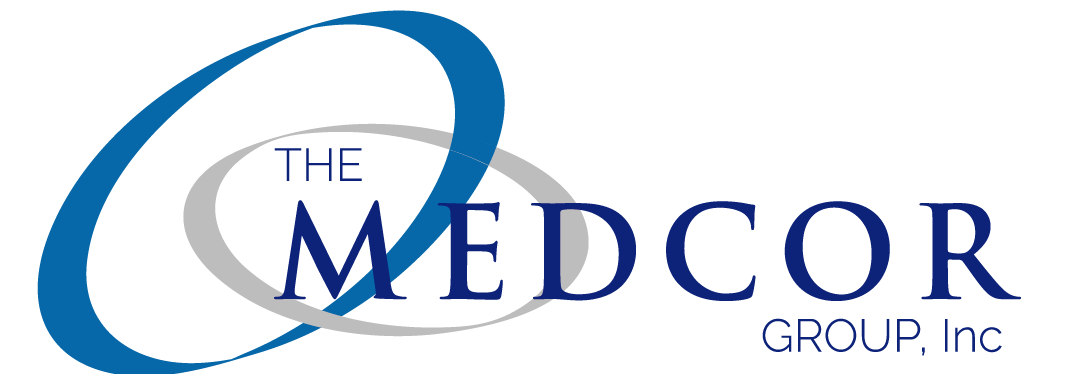 There are few things more frustrating than wasted time—especially in the workplace. Most of us want to be productive—to feel as though we’ve accomplished something or made a difference. We certainly don’t want to be slowed down by technology. Neither do physicians, many of whom are afraid to make the transition to an electronic health record (EHR) system for this very reason.
There are few things more frustrating than wasted time—especially in the workplace. Most of us want to be productive—to feel as though we’ve accomplished something or made a difference. We certainly don’t want to be slowed down by technology. Neither do physicians, many of whom are afraid to make the transition to an electronic health record (EHR) system for this very reason.
Anticipated loss of productivity continues to concern physicians considering a transition to an EHR system. In fact, 59% of office-based physicians who haven’t yet adopted an EHR say loss of productivity is one of the biggest barriers, according to a 2014 report published by theOffice of the National Coordinator (ONC).
Here are seven tips for how physician practices can stay on track—and not lose precious time—during and after an EHR implementation.
1. Ensure that the practice has the proper connectivity and speed to complete all tasks.Practices that lack the necessary bandwidth will experience extreme slowdowns even despite proper planning and execution. HealthIT.gov provides several bandwidth recommendations, depending on the size of your practice. Note that these are minimum bandwidth speeds based on the Federal Communications Commission recommendations.
2. Choose an EHR system that meets Meaningful Use requirements. According to a 2011 National Ambulatory Medical Care Survey, EHR systems that meet MU criteria are more likely to save physicians time on certain tasks:
- Eighty-two percent of physicians with an EHR system that meets MU criteria agree that e-prescribing saves them time, compared with 67% of physicians whose EHR system does not meet MU criteria.
- Seventy-five percent of physicians with an EHR system that meets MU criteria agree that their practice receives lab results faster, compared with 61% of physicians whose EHR system does not meet MU criteria.
3. Advocate for time-saving features. Talk with your EHR vendor to ensure that it can provide the following:
- Relevant clinical content. This includes specific checklists, documents, and tools that support your specialty.
- Copy-and-paste functionality. When used appropriately (i.e., with validation of data), practices save a considerable amount of time.
- E-prescribing. This includes the ability to enter prescriptions using multiple parameters as well as easily search for pharmacies and transmit information.
- Patient portal. Patients can use the portal to access lab results, schedule appointments, pay bills, request refills, and message physicians directly.
- Patient summary screen. This includes a list of medications, current conditions, and outstanding care items.
- Templates. This includes templates designed for most common diagnoses and/or procedures related to your specialty.
4. Choose your hardware carefully. A wide variety of options are available from handheld devices to desktop workstations. Decide what option is best for your preferred workflow and style. Many physicians find that going mobile at the point of care is most efficient because they have access to information immediately wherever they see the patient.
5. Take a test drive before you buy. Physician practices don’t have the time, money, or staff members to offset significant drops in productivity. User friendliness is in the eye of the beholder, meaning physicians and all other staff members must see the product in action before a final decision is made. Ask for a product demonstration or trial log-in. Does anyone anticipate productivity slowdowns as the workflow changes? If so, address these concerns with your vendor.
6. Once you have it, use it. As with anything, practice makes perfect. One study found that as interns use EHR systems, they become more proficient at it. Another study found similar results—as novice EHR users gain more experience with technology, they become qualitatively better at using it. The bottom line is that physicians certainly won’t gain productivity if they don’t become accustomed to using the EHR system.
7. Delegate and/or automate certain tasks. For example, ask medical assistants to perform first-level reviews of electronic lab results and flag information that requires a physician’s attention. Consider sending automated messages to patients prompting them to set up appointments for annual visits or other preventive services.
For more tips on how to effectively implement your EHR to get the most of our it, download this helpful guide.
About the Author
 Lisa A. Eramo is a freelance writer/editor specializing in health information management, medical coding, and healthcare regulatory topics. She began her healthcare career as a referral specialist for a well-known cancer center. Lisa went on to work for several years at a healthcare publishing company. She regularly contributes to healthcare publications, websites, and blogs, including the AHIMA Journal and AHIMA Advantage. Her focus areas are medical coding, and ICD-10 in particular, clinical documentation improvement, and healthcare quality/efficiency.
Lisa A. Eramo is a freelance writer/editor specializing in health information management, medical coding, and healthcare regulatory topics. She began her healthcare career as a referral specialist for a well-known cancer center. Lisa went on to work for several years at a healthcare publishing company. She regularly contributes to healthcare publications, websites, and blogs, including the AHIMA Journal and AHIMA Advantage. Her focus areas are medical coding, and ICD-10 in particular, clinical documentation improvement, and healthcare quality/efficiency.
Article reposted with permission from Kareo Getting Paid Blog
